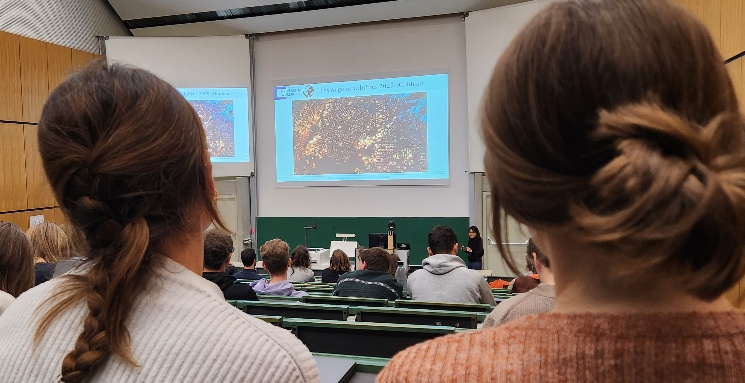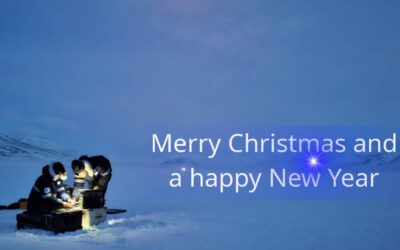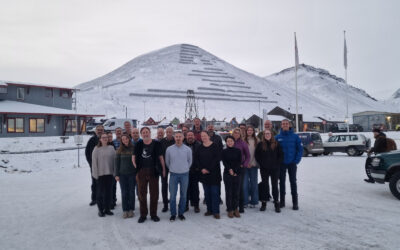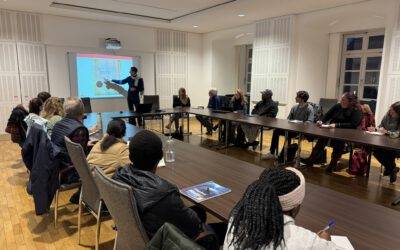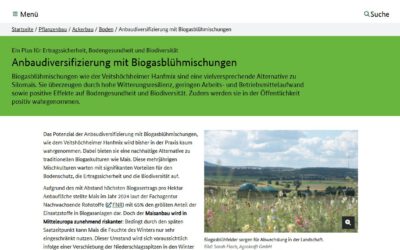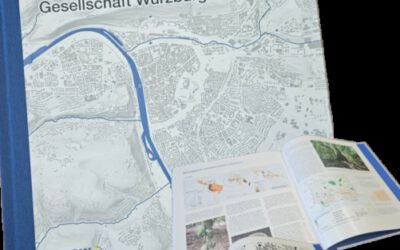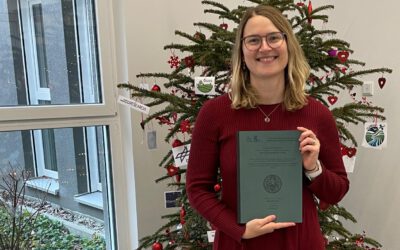We are thrilled to share the amazing achievements of our talented students who recently completed their scientific presentation course with flying colors. Our eagles had the exciting opportunity to introduce over 100 BSc students to the world of remote sensing, showcasing a wide array of innovative applications with great success.
The presentations were not only informative but also visually stunning, with each presenter demonstrating a deep understanding of Earth observation technologies like LiDAR and remote sensing (Sentinel 1, 2, 3, and 5P). From fire mapping to analyzing urban green spaces, our students made complex concepts accessible and engaging. They skillfully connected theory with real-world applications, highlighting how remote sensing technologies are transforming fields such as environmental monitoring and urban planning.
What stood out the most was the professionalism and creativity displayed by all presenters. Their ability to present technical content in an engaging manner is truly commendable. The use of visuals and practical examples helped to demystify these technologies and showcase their potential in addressing pressing global challenges. The presentations were not only educational but also inspiring, demonstrating the impact that Earth observation tools can have on our world.
We are incredibly proud of how our eagles have stepped up and shown what they are capable of. Their hard work, attention to detail, and enthusiasm made the course a resounding success. We hope that they continue to develop their presentation skills in the years to come, setting new standards for excellence in both content and delivery.
As they embark on their future careers, we have no doubt that these students will continue to inspire and innovate in the field of remote sensing. Well done to all who participated—we look forward to seeing where your talents take you next!
you may also like:
A Thank You for a Remarkable 2025 🌍
As 2025 draws to a close, we at the Earth Observation Research Cluster (EORC) would like to take a moment to reflect on an inspiring and productive year—and to say thank you to everyone who made it possible - from EORC staff, EAGLE student to our collaborators. This...
EORC participates in Svalbard vegetation and biomass monitoring workshop
Recently, EORC researches and partners participated in the SvalbardMonitoring workshop, a four-day event organized by the Norwegian Institute for Nature Research (NINA) in Longyearbyen, Svalbard. The workshop focused on Arctic vegetation and biomass research, with a...
Exploring Innovative Science Communication: A Visit to Würzburg City Hall
As part of our seminar “Perspectives on Innovative Science Communication”, in which we are developing an exhibition on young scientists and future-oriented topics in Würzburg and its partner city Mwanza in Tanzania, we recently visited Würzburg City Hall. City...
Remote sensing insights into biogas flowering mixtures
Perennial wildflower mixtures are gaining importance as an alternative to maize in biogas production. As highlighted in the praxis-agrar article on crop diversification with biogas flowering mixtures, they combine agricultural use with clear ecological benefits....
EORC Contributions to the Centenary Atlas of the Geographical Society of Würzburg
EORC Contributions to the Centenary Atlas of the Geographical Society of Würzburg (with German version below) Satellite-based Earth observation has become a cornerstone of contemporary geographical research, particularly for analyzing global dynamics, environmental...
PhD submitted by Julia Rieder
We are pleased to share that our PhD student Julia Rieder has successfully submitted her doctoral thesis! Her dissertation, entitled “Abiotic and biotic drivers of drought responses in European beech (Fagus sylvatica L.) inferred from field and LiDAR data”,...

